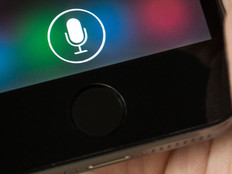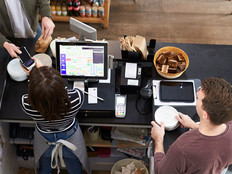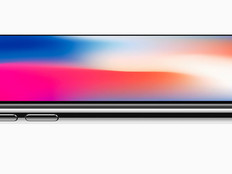Unlocking the Real Value of Mobility
“Going mobile” means different things to different people, much in the same way that “the cloud” can mean a dizzying array of things depending on your worldview and perspective.
With mobility, we often get caught up in the gadgets. You hear the factions wage impassioned wars over the latest and greatest features of the iOS, Android, Windows and BlackBerry platforms. But in reality, a user’s mobile device isn’t the only part worth examining when it comes to unlocking the real value of mobility.
Brian Katz, head of mobility engineering at Sanofi and a BizTech Must-Read IT Blogger, attempts to shift our collective focus on mobility’s value in a post on his blog, A Screw’s Loose.
The goal of all mobility is to enable your users. You do this by giving them the right tools to get their work done when and where they need to. The mistake is in misunderstanding what the user’s tools are. Giving your consumers a great device isn’t giving them a tool. It’s no different than giving them a pen with no ink or paper and nothing to write down.
The secret of mobility is the combination of the device, the app, and the data to form the right tool that lets your people turn raw data into knowledge (to be fair, some data has already been turned into knowledge and is just being accessed) that they can use when they need it.
When you can be sitting at your child’s soccer game, and look at your device at halftime, and close a million dollar deal, or determine the issue with the malfunctioning sorter before the 2nd half starts, you’ve enabled your people.
In clear and unflinching terms, Katz makes a salient point about what mobility really means on a personal and organizational level.
The newness of mobility means many of us are still playing around at the surface level. But in the same way that the Internet’s value reaches far beyond the AOL keyword chat rooms of the ’90s, mobility’s treasures extend far beyond a stress-relieving game of Angry Birds or Candy Crush Saga.
Mobility gives users the power to redefine both “the office” and “work” in one fell swoop. Although not all businesses have embraced the telework lifestyle, the overall number of teleworkers continues to grow year after year.
In Asia, the mobile revolution is in many ways further along than in the U.S. The number of mobile users in the Asia-Pacific region is far greater than in other regions, making up 3.5 billion of the world’s 6.8 billion mobile subscriptions according to data from the ITU.
In a CNBC story on how mobility has transformed China, Justin Mallen, CEO of Silk Road Telecommunication, writes:
This convergence of cloud (Internet-based services) and mobility now allows developers to build robust solutions where the mobile phone is the primary device. In addition to the chat functions, businesses can now download mobile sales force management solutions, virtual call center platforms where workers can effectively work from a tea shop, logistic tracking solutions that are exclusively mobile phone based.
Amazingly, a company in Shanghai is releasing an app with video streaming where you can now choose your pig before you buy it.
So there you have it, ladies and gentlemen. We’ll know that mobility has officially arrived not when pigs fly, but when we can Skype with them and buy them from our iPads.








